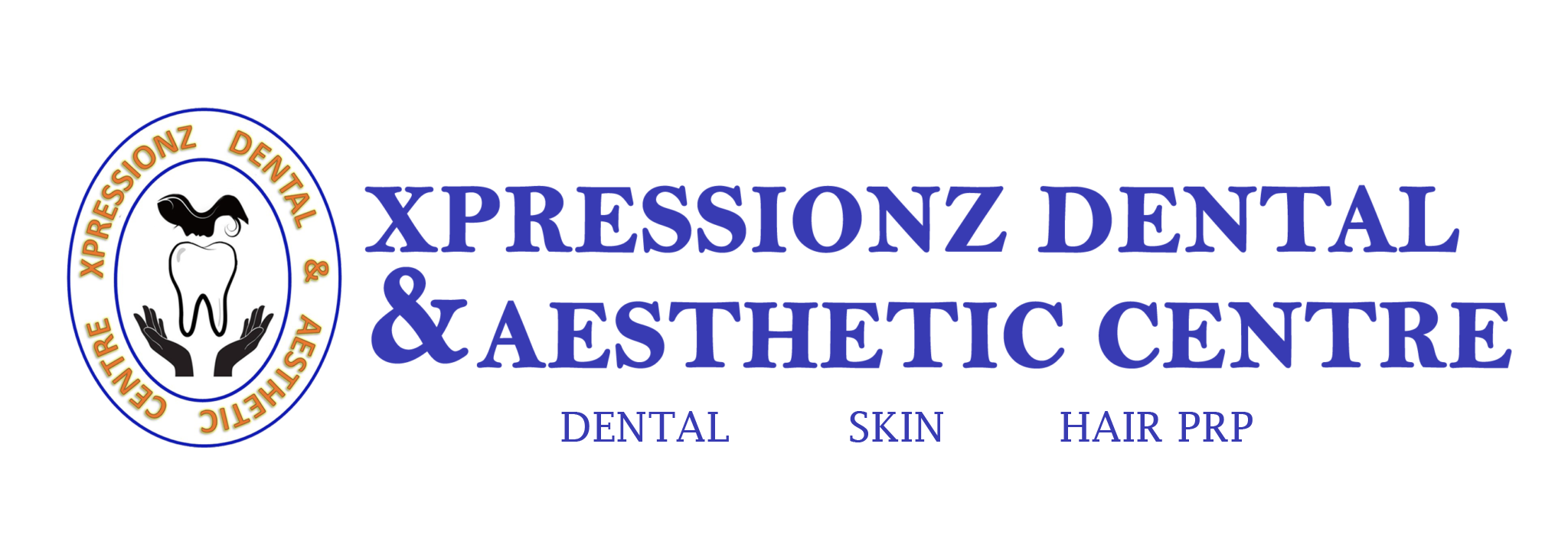Teeth Replacement
When a tooth is missing due to gum disease, tooth decay, injury, or a genetic condition, it’s essential to explore options for tooth replacement. Several treatments are available to replace missing teeth and restore the overall appearance of your mouth. In this article, we will discuss different options for teeth replacement, along with their pros and cons, as well as cost information.
Dental Implants: A Permanent Solution
Dental implants are an excellent option for replacing a single tooth or multiple teeth in different areas of the mouth. This treatment involves surgically placing a titanium metal post or frame into the jawbone. The implant serves as a sturdy base for mounting a replacement tooth, ensuring its stability and longevity. Dental implants closely resemble natural teeth in appearance and functionality.
Advantages of Dental Implants:
- Resemble natural teeth and can last for decades.
- Surrounding teeth remain unaffected.
- Provide stability for chewing and speaking.
Disadvantages of Dental Implants:
- Surgical procedure requiring good physical health.
- Healing process may take several months.
- Higher cost compared to other options.
Fixed Dental Bridge: Bridging the Gap
Fixed dental bridges are an alternative to dental implants for replacing one or more missing teeth in the same area. This treatment involves attaching a dental prosthetic or artificial tooth to adjacent teeth on either side of the gap. The prosthetic is securely bonded in place using dental cement, effectively bridging the space left by the missing tooth.
Advantages of Dental Bridges:
- Natural-looking teeth that improve overall appearance.
- Lower cost compared to dental implants.
- No need for surgery or extensive healing time.
Disadvantages of Dental Bridges:
- Difficulty in cleaning around the tooth underneath the bridge.
- May require altering adjacent teeth.
- Potential risk of tooth decay or infection under the bridge.


Removable Partial Dentures: An Affordable Solution
Removable partial dentures are an option when replacing multiple teeth in a specific area. These dental appliances consist of replacement teeth attached to a pink-colored base that resembles the gums. The dentures rely on the stability of the remaining natural teeth for support. Some partial dentures include clasps that attach to adjacent teeth for additional stability.
Advantages of Partial Dentures:
- Natural appearance and easier to repair or replace.
- More affordable compared to other options.
- No surgery or extensive healing required.
Disadvantages of Partial Dentures:
- Initial discomfort until adjusting to wearing them.
- Daily removal and cleaning required.
- More susceptible to damage due to frequent handling.
The Impact of Missing Teeth
Missing teeth can have various impacts on your oral health and overall well-being. While some gaps may be inconspicuous or cause minimal impact, missing teeth can affect speech, eating habits, and facial structure over time. Chewing difficulties may lead to limited food choices or slower eating, which can impact jaw and facial muscles. Moreover, the shifting of remaining teeth to compensate for the space can result in tooth sensitivity, grinding, and difficulties in chewing.
Conclusion
When faced with a missing tooth, it’s important to consult with a dentist to discuss suitable options for replacement. The choice among dental implants, fixed dental bridges, or removable partial dentures will depend on factors such as the number of missing teeth, overall dental health, and personal preferences. Costs will vary based on the chosen treatment and geographic location. Many dental offices offer payment or financing plans, and some insurance plans may cover a portion of the replacement cost. With proper care and maintenance, dental implants, bridges, or dentures can provide long-lasting solutions for a complete and confident smile.

